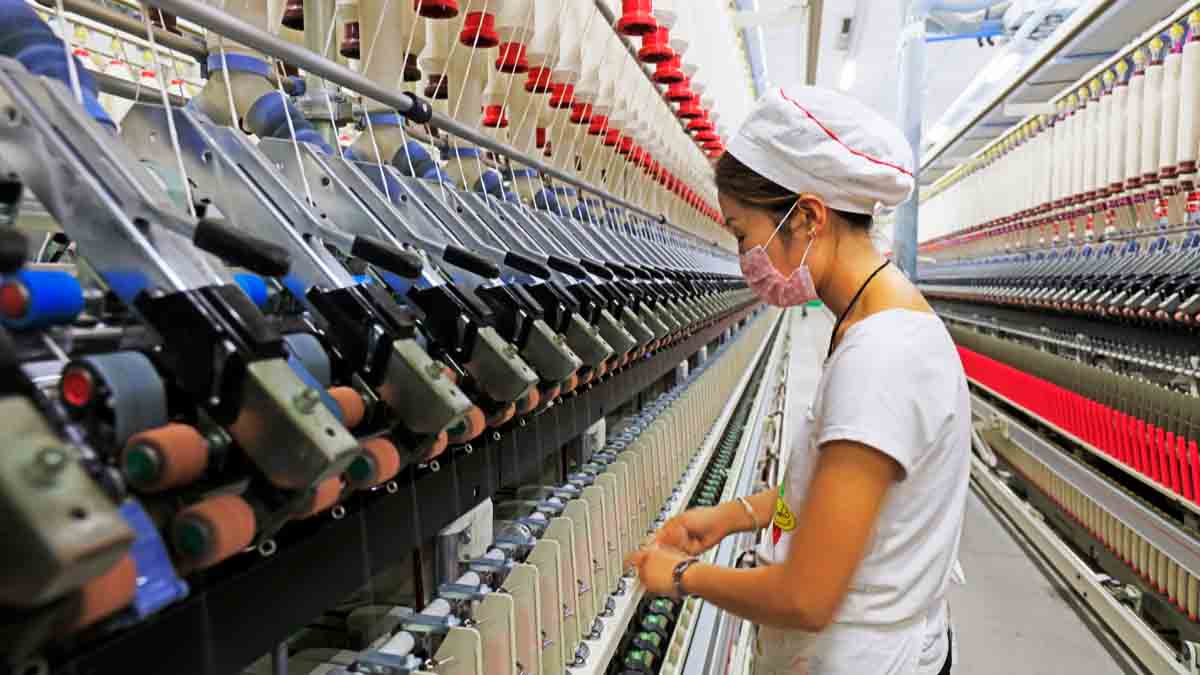Disclaimer: The situation concerning the spread of COVID-19, or Wuhan Coronavirus, is evolving rapidly. The information in this article offers guidance for online sellers, but for the most up-to-date information, you should look to the relevant health organizations and authorities.
With the Wuhan Coronavirus continuing to spread in China, many dropshippers who source products there are experiencing shipping delays, backlogs and customer abandonment. We’ve put together some information on the Coronavirus to help online sellers who sell using the dropshipping methodology at this uncertain time.
What we know so far about the Coronavirus
The number of confirmed Coronavirus cases continues to surge. So far, over 80,000 people infected worldwide. With the virus beginning to spread to other countries, it is an extremely worrying time for the global community.
The World Health Organization officially named this new outbreak of coronavirus COVID-19. This particular strain of the virus is different from other ones and has never been seen in humans before. The virus originated in Wuhan and is believed to have come from animals. Symptoms of the disease include coughing, fevers and breathing difficulties. It can also cause pneumonia.

Coronavirus and eCommerce: Can the virus be transmitted via parcels
Dropshippers using Chinese suppliers may have some ethical concerns about sending their customers packages from areas affected by the Coronavirus. However, according to the CDC there is no evidence to indicate that Coronavirus has been transmitted through imported products.
It is believed that the virus is usually spread through respiratory droplets. If a surface is contaminated with the Coronavirus, it doesn’t stay alive very long. Shipping from China usually takes days or weeks, so the risk of it spreading through imported packages is low.

Despite this, one of China’s state-owned postal services says it has been disinfecting mail as an extra precaution.
While this information is reassuring, it doesn’t mean that customers won’t react in fear to packages coming from China. Dropshippers using the likes of Alibaba or AliExpress to source suppliers may experience a drop in sales, as well as a possible upsurge in returns. In fact, Alibaba executives recently anticipated a drop in the company’s future revenue, because of the Coronavirus and its impact on supply chains and deliveries.
Coronavirus and dropshipping: How the outbreak affects logistics
In an attempt to reduce the spread of Coronavirus, Chinese authorities decided to extend the nation’s Lunar New Year holidays. So, instead of resuming work on January 30th, the majority of the country didn’t return until February 10th. A few locations resumed work even later.
While the annual holiday can slow down shipments on any given year, this unexpected extension has had a huge impact on the ability of suppliers to fulfill dropshipping orders. Although work has now resumed throughout China, operations are slow and patchy.

Many of China’s ports are currently at full capacity, while traffic and trucking limitations are also causing issues. However, the situation is improving. According to business intelligence providers JOC Group, trucking capacity isn’t too bad in the north of the country. But it continues to be a challenge in central and southern locations. With areas like Ningbo and Zhejiang Province still under partial lockdown, this is no surprise.
Normal logistics operations aren’t expected to resume until the beginning of March – at the very earliest. Then, suppliers will have to catch up on orders. Dropshippers can expect large factories to resume production quite quickly, while smaller suppliers may need longer to get back on their feet.
What actions should online sellers take regarding the coronavirus?
The Coronavirus has left many people around the world feeling powerless. For dropshippers, there’s not much you can do to influence supply chain issues, but here are some suggestions on how you can take some control of the situation.
1. Get in touch with suppliers
Based on your supplier’s location, you can gauge how long delays might be. If you source products from provinces in south or central China which are still under tight restrictions, expect long delays.
Regardless, you should reach out to your suppliers. They may be able to provide insights into expected delivery times for outstanding orders.
Be patient when communicating with suppliers and remember that they might not have all the answers. This is a scary time for people living in China and many things are out of their control.

2. Adjust your dropshipping strategy
With supply chains disrupted, you should adjust listings to reflect shipping delays – if you haven’t already.
Although demand for products made in China is down, you might be under financial pressure to continue driving sales. But if you do this, you might have to absorb the costs of dealing with increased returns. If you’re dropshipping on Amazon, another aspect to consider is how slow shipping times and lowered customer satisfaction could affect your metrics and, in turn, future sales.

It might be best for your business to wind down ad campaigns until logistics are back to normal. Although coronavirus dropshipping delays currently only affect products coming from China. If you work with suppliers in another country, start promoting these listings. Look at your eCommerce metrics to figure out which products have the most potential to make up the shortfall.
If you don’t source products from any other countries, perhaps now is the time to diversify your offering. Dropshippers can use platforms like Sprocket to choose dropshipping products from suppliers based in Europe and the US.
3. Make customer service a priority
You may find that some customers react fearfully to packages coming from China. This could increase return and support requests, so be prepared.
Decide on your approach to returns and whatever you decide, it’s essential that you provide outstanding customer service. Here are some suggested resources to help you out:
- eCommerce customer service: The ultimate guide
- Customer expectations are rising: How online sellers can meet the challenge
- How to handle negative reviews on Amazon, eBay and Google
Explain to worried customers that contracting Coronavirus through a package is highly unlikely. In your customer support tool, create a reassuring email template which lets customers know that you wouldn’t put their health at risk.

4. Proactively communicate with customers
If you’re worried that current orders won’t be fulfilled, let your customers know. Send out updates to prepare buyers for delays. Then continue to share the latest news. Customers often respond well to honesty.
5. Make the most of a bad situation
If you do decide to wind down your dropshipping activities for a couple of weeks, use this time to be productive and think about your business. Work on that to-do list you’ve been putting off for months and make some plans for the future. That way, when normal operations resume, you’ll be ready to hit the ground running.
Win the Amazon Buy Box and sell more. Sign up for a 14-day trial today. No credit card needed.






